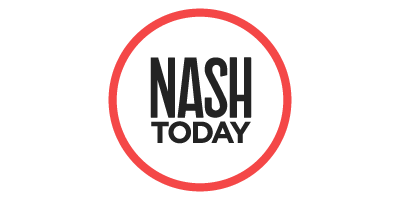Whether you’ve lived here your whole life or you’re new to the city — Nashville has changed a lot in the last 10 years. Allow us to reintroduce Music City.
Nashville by the numbers:
- Total population: 703,953
- Total housing units: 319,739
- Owner: 49%
- Renter: 40%
- Median Household Income: $62,515
How do we know this? Thanks to a law dating back to 1790, we participate in the Census count every 10 years to survey the population.
Previous Census data showed that, from 2010 to 2020, Davidson County’s population increased by approximately 14.2% to 715,884 residents. The latest batch of information tells a different story.
Let’s see what the numbers have to say.
The most recent data released shows that in 2021, Davidson County experienced a reduction in population of about 1.6%, which is 11,931 people (or about 8,000 shy of selling out Bridgestone Arena).
Meanwhile, the Nashville metro continues to grow. The data shows that between 2020-2021, the Nashville MSA (Davidson, Williamson, and Rutherford counties) gained 17,133 residents. The latest population increase moved the metro across the threshold of 2 million residents, for a total population of 2,012,476.
Housing
Median single-family home prices across the Nashville MSA:
- Davidson County | $415,000 median listing price | 18.6% increase
- Williamson County | $795,000 median listing price | 37.1% increase
- Rutherford County | $375,000 median listing price | 25% increase
- Sumner County | $415,000 median listing price | 25.8% increase
- Robertson County | $358,200 median listing price | 28% increase
- Cheatham County | $370,000 median listing price | 31.7% increase
Where are the home-owners at? In Davidson County, nearly half of the total housing units are owned + the median monthly mortgage cost is $1,478. Here’s what the majority of owners are paying:
- 38,084 pay $1,000-$1,499
- 24,950 pay $1,500-$1,999
- 12,883 pay $2,000-$2,499
- 6,875 pay $2,500-$2,999
- 8,602 pay $3,000+
Income
Here are the estimated median household income projections comparing 2015 to 2020 for the Greater Nashville area. Spoiler alert — there are increases across the board.
- Davidson County increased from $48,000 to $63,000, or +29.2%.
- Williamson County increased from $97,000 to $111,000, or +15.2%.
- Rutherford County increased from $56,000 to $69,000, or +22.2%.
- Sumner County increased from $57,000 to $70,000, or +29.2%
- Robertson County increased from $53,000 to $66,000, or +24.3%
- Cheatham County increased from $52,000 to $64,00, or +23.4%











